
Legal Protection For Literary and Artistic Works
Introduction
The protection of literary and artistic works is a fundamental aspect of intellectual property law. This legal framework is designed to safeguard the rights of creators, ensuring that their original works are not used without permission. Understanding the nuances of copyright law is essential for authors, artists, and anyone involved in the creative industries.
What is Copyright?
Copyright is a form of legal protection granted to the creators of original works of authorship. This includes a wide array of creative outputs such as literary texts, music, films, and visual arts. The protection is grounded in the U.S. Constitution and is governed by federal law, which provides rights to both published and unpublished works.
Scope of Copyright Protection
Copyright does not extend to ideas, facts, or systems, but rather to the specific expression of those ideas. For instance, while the concept of a love story is not copyrightable, a specific novel that tells such a story is protected. This distinction is crucial for creators who wish to understand the limits and possibilities of their rights.
Duration of Copyright
The duration of copyright protection varies depending on several factors, including the type of work and when it was created. Generally, copyright lasts for the life of the author plus an additional 70 years. For works created by corporations or anonymous works, the duration may differ, typically lasting 95 years from publication or 120 years from creation, whichever is shorter.
Registration of Copyright
While copyright protection is automatic upon the creation of a work, registering the copyright with the U.S. Copyright Office provides additional legal benefits. Registration establishes a public record of the copyright and is necessary if the creator wishes to pursue legal action for infringement. It also allows for the potential recovery of statutory damages and attorney's fees in litigation.
Limitations and Exceptions
Copyright law includes several limitations and exceptions that balance the rights of creators with the public interest. One of the most notable is the doctrine of fair use, which allows for limited use of copyrighted material without permission under certain circumstances. This may include commentary, criticism, news reporting, teaching, or research. The determination of fair use is based on a four-factor test that considers the purpose of use, the nature of the copyrighted work, the amount used, and the effect on the market value of the original work.
International Copyright Protection
Copyright protection is not limited to national borders. International treaties, such as the Berne Convention and the Agreement on Trade-Related Aspects of Intellectual Property Rights (TRIPS), facilitate the protection of copyright across member countries. These agreements establish minimum standards for copyright protection and ensure that creators can enforce their rights internationally.
Conclusion
Understanding the legal protection available for literary and artistic works is essential for creators in today’s digital landscape. Copyright serves as a vital tool for safeguarding the interests of authors and artists, allowing them to control the use of their creations and receive appropriate recognition and compensation. As the nature of creative work continues to evolve, staying informed about copyright law will remain crucial for all stakeholders in the creative industries.


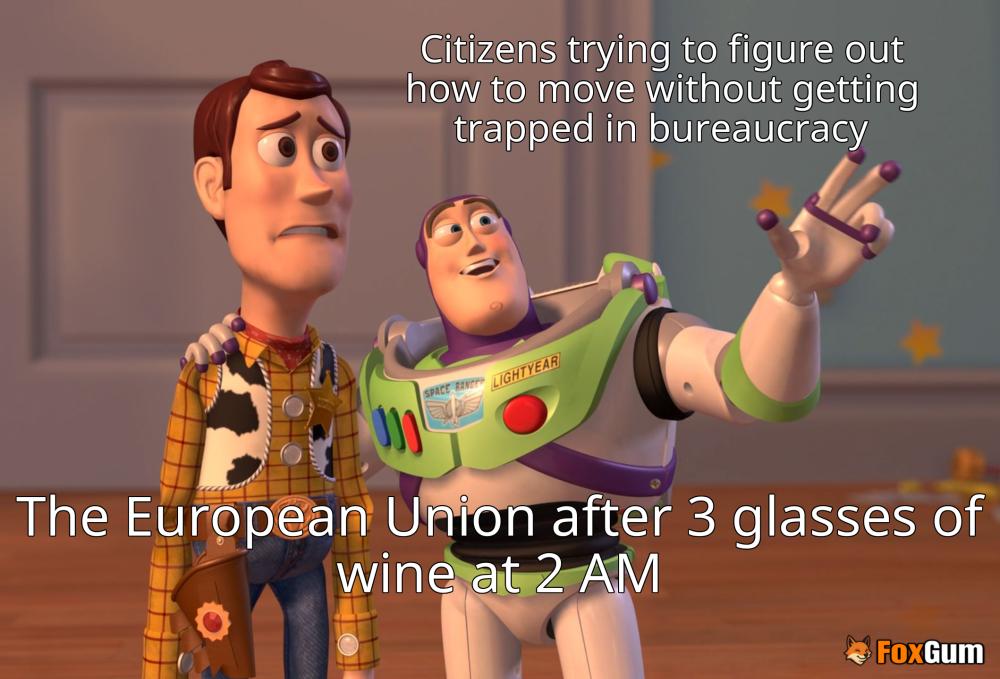

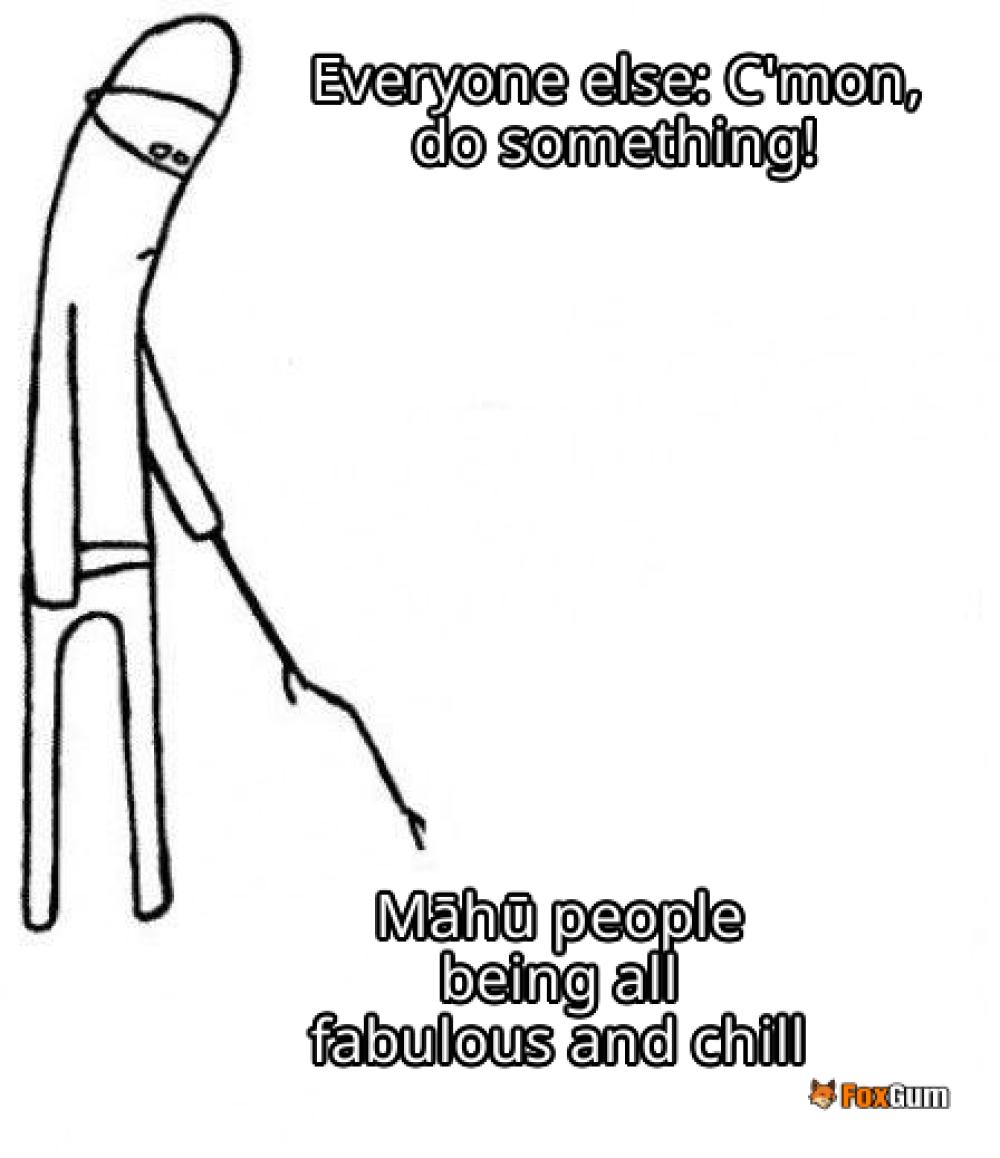







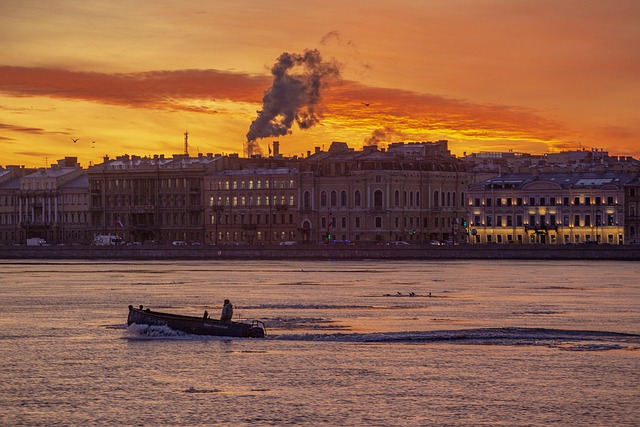


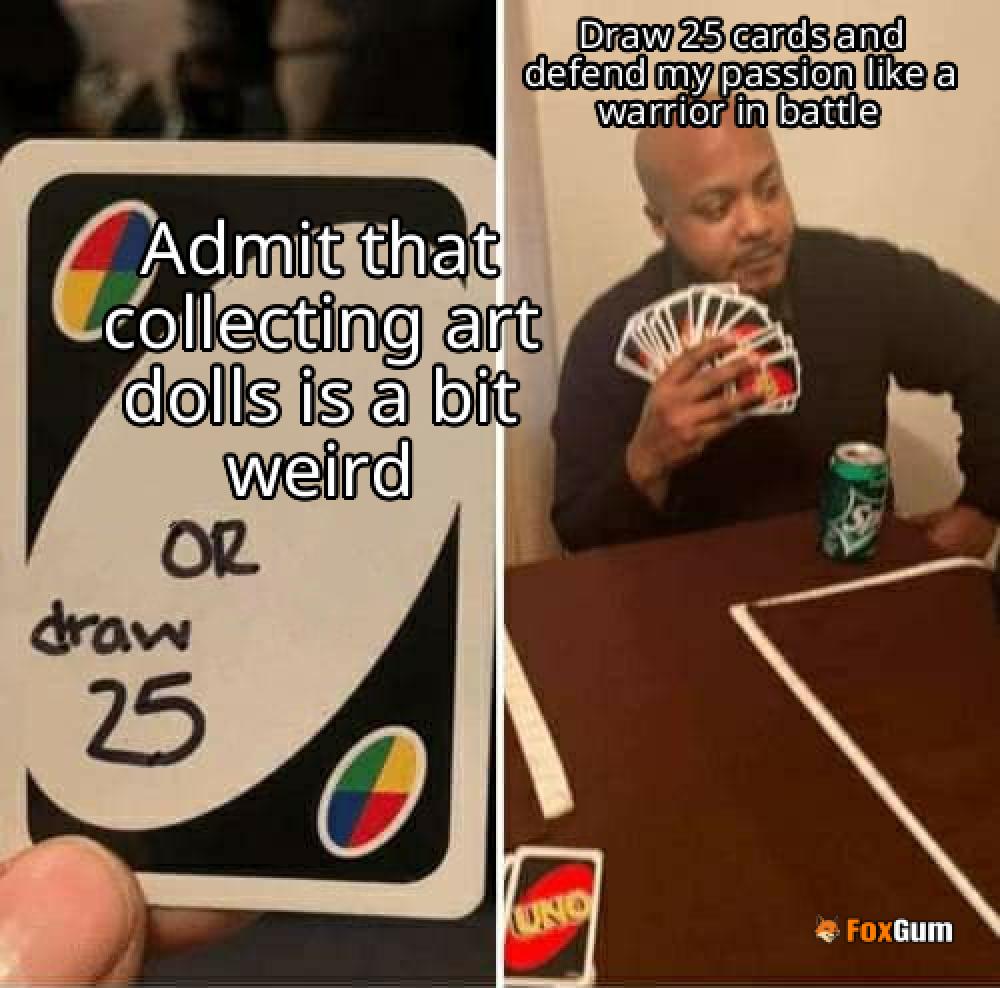
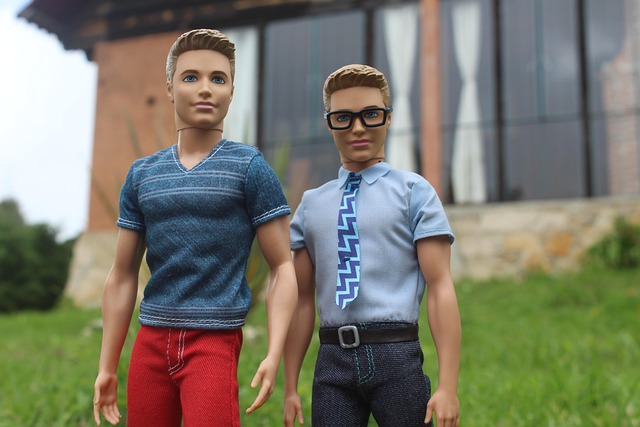
 Opium Label
Opium Label 
 Health
Health  Fitness
Fitness  Lifestyle
Lifestyle  Tech
Tech  Travel
Travel  Food
Food  Education
Education  Parenting
Parenting  Career & Work
Career & Work  Hobbies
Hobbies  Wellness
Wellness  Beauty
Beauty  Cars
Cars  Art
Art  Science
Science  Culture
Culture  Books
Books  Music
Music  Movies
Movies  Gaming
Gaming  Sports
Sports  Nature
Nature  Home & Garden
Home & Garden  Business & Finance
Business & Finance  Relationships
Relationships  Pets
Pets  Shopping
Shopping  Mindset & Inspiration
Mindset & Inspiration  Environment
Environment  Gadgets
Gadgets  Politics
Politics 